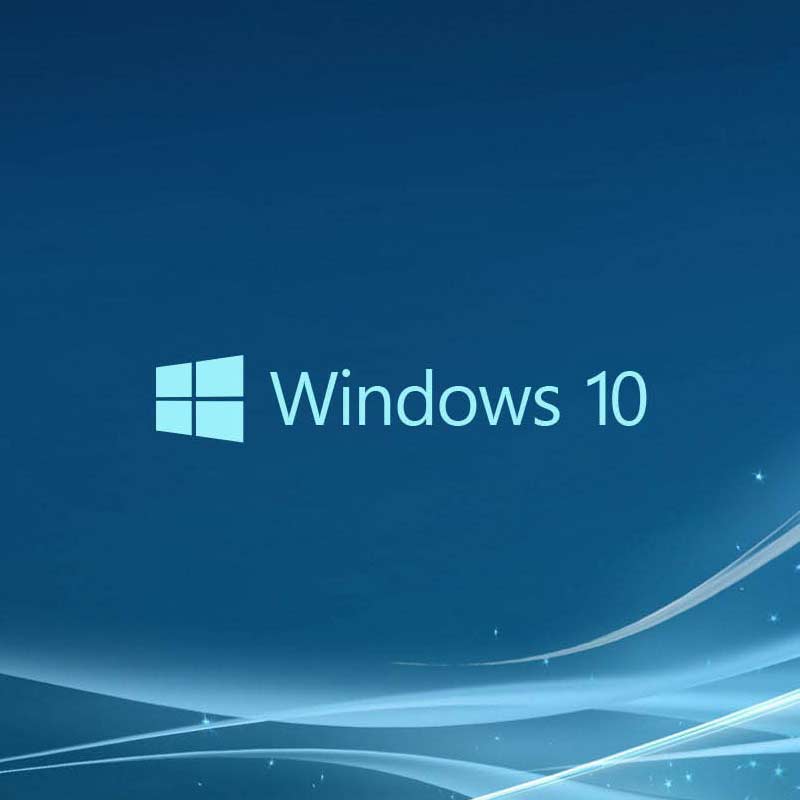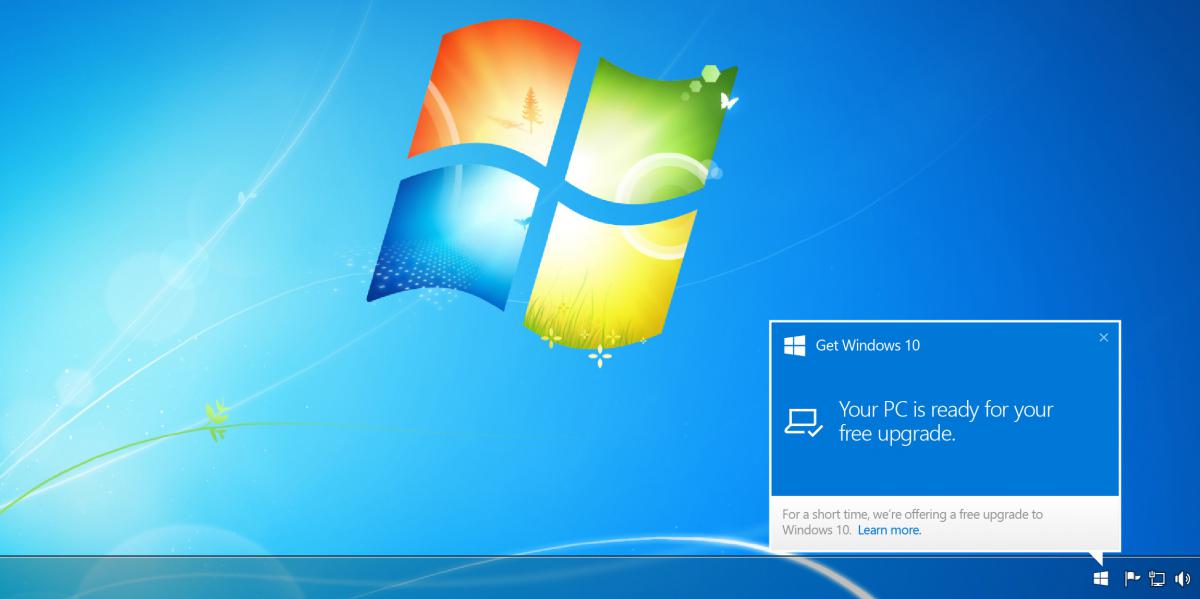
Microsoft Windows 10 is meant to be the operating system Windows 8 couldn't be by becoming a bit of Windows 7 with partial of XP in a new cross-platform skin.
The operating system is Microsoft's main venture in reclaiming its popularity, running inside devices that go beyond traditional desktop computers.
To get Windows 10 to more users, Microsoft has been aggressive. From pushing updates automatically to some other things. And this time it's going even more aggressive.
In November 2015, Microsoft released an update dubbed "Threshold 2" which was aimed to fix some Windows 10 issues. But beside doing that, it also spies on users, reset privacy settings and default apps for some users, and also able to uninstall some third-party desktop programs without asking, citing them as incompatible although the software in question appears to run without problems once reinstalled.
What Microsoft has in mind is to get more users to use Microsoft Windows 10.
Related: Microsoft Windows 10: A Skip To Redeem
When Windows 10 was first released, users were asked "politely" to upgrade, or by requesting a free copy straight from Microsoft. The upgrade came as "recommended" and the user can upgrade the computer whenever they're ready.
Upgrades and updates are pushed through Windows Update. When they were before marked as "recommended", the company made some tweaks to Windows 7 and 8.1 to make sure that more computers are updating it.
So if previous PCs are set to not receive Windows 10 upgrade, now Microsoft has made previous Windows's Windows Update configuration to reset themselves so any crucial update can be deployed as the PCs keep checking everyday to make sure that users won't revert the setting.
This is because Microsoft has refreshed Windows Update on those Windows versions. Microsoft has been manipulating Windows 7 and Windows 8.1 PCs with behind-the-scenes changes as a part of its effort to ensure Windows 10 ends up on as many devices as possible.
In other words, if a user configured his/her previous Windows versions to decline Windows 10 upgrade, the computer will reset the configuration daily so the computer will receive the upgrade.

Windows 10 For Everyone
Microsoft's strategy in "forcing" Windows 7 and 8.1 users to upgrade is one of its initiatives to bring more Windows 10 to users. Closing in to 1 billion Windows users worldwide, Microsoft initiate the strategy also because the company stopped supporting previous versions of Windows to older devices.
And since Microsoft on mobile devices is getting a huge competition from Google's Android and Apple's iOS, pushing Windows 10 to a lot more devices will help Microsoft in extending its reach beyond traditional PCs. Coming with different editions, Microsoft is aiming Windows 10 to be literally everywhere.
The new updates that come along with Windows 10 often have undocumented changes. Even if a computer already had the app, or even if the user managed to uninstall any updates, Microsoft continues to push releases several times. Each change, although unnamed, has a new version packed with new binary files.
In late October 2015, Microsoft's executive Terry Myerson dubbed the "More Personal Computing" as an outline of how Microsoft would try to convince users of Windows 7 and 8.1 to upgrade to Windows 10. Rather than wait for consumers that are running older versions to request a copy of Windows 10, Microsoft will instead push and send the the upgrade automatically to computers through Windows Update.
Although Microsoft seems to force its users to upgrade previous Windows versions to Windows 10, the upgrade still comes as recommended. As the upgrade automatically begins its installation process, the user can still refuse the OS change early in the process.
"Before the upgrade changes the OS of your device, you will be clearly prompted to choose whether or not to continue," promised Myerson.
Despite Windows 10 being a total overhaul and a massive improvement over its predecessors, not everyone is wanting it. Or at least yet. Many Windows users are not yet ready to upgrade to Windows 10, and are tired of being bombarded with the messages to change their operating systems. But Microsoft's aggressive strategy is leaving users less to no option but to download and upgrade their Windows. Commencing the upgrade will leave the PC "vulnerable" to any future Windows 10 upgrade behavior.
Microsoft wants as many people on board with Windows 10 as possible, and it seems as if it will do whatever it takes to make sure that happens.
Windows 10 also marks the end of the famous, but failed to compete Internet Explorer. Microsoft officially "killed" IE in favor of its "Spartan" Microsoft Edge browser. The ageing browser isn't supported anymore, and Windows 10 updates won't be giving any updates or patches for bugs and vulnerabilities.